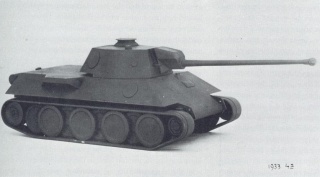Deleted member 1487
Well then it isn't a low pressure gun, it is just a high velocity regular cannon that uses a heavy duty recoil compensating system to deal with the fact that it is no longer a low pressure weapon meant for 7 ton vehicles.Latest mk8 version is 310MPa
http://www.army-guide.com/eng/product517.html
credited for being able to penetrate 1500mm@60° at 2000m
